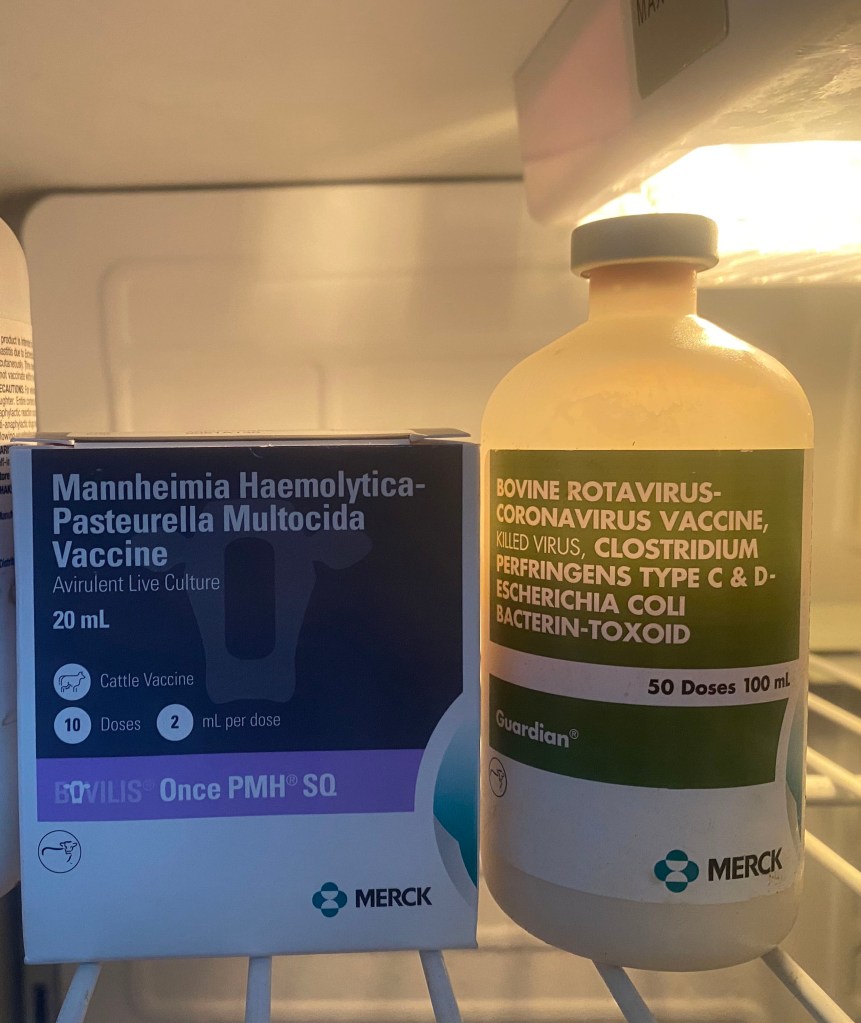Handle vaccines and animals properly for optimal immune response
By Dr. Dave Sjeklocha
Successful immunization requires proper vaccine handling and administration, and animals that are in a physiological state to respond to vaccination. Follow these do’s and don’ts to achieve effective immunization:
Do store vaccines at 35 to 45 degrees F.
For modified live virus (MLV) vaccines, store and handle both the vaccine cake and sterile diluent according to label directions. Mixing the cake with warm diluent can greatly shorten or eliminate the effectiveness of the vaccine. Freezing is harmful as well and can damage both MLV and killed vaccines.
For best results, store vaccines in a well-functioning refrigerator and avoid storing products in the door where temperatures can fluctuate. A refrigerator thermometer is a wise investment to monitor temperatures.
Don’t reconstitute too many doses at once.
MLV vaccines should be used within two hours of mixing. If you have a large number of calves to vaccinate, don’t mix all doses and then start vaccinating. It’s important to mix as you go and allow for unexpected delays. Discard any unused reconstituted vaccine at the end of the day.

Do mix the vaccine carefully.
When reconstituting an MLV vaccine, use a swirling or rolling motion versus shaking, which can damage the MLV within the vaccine.
Don’t expose loaded syringes to sunlight.
Once mixed, an MLV vaccine should be kept at the proper temperature and out of direct sunlight. Setting a syringe down on a table or tailgate can cause the vaccine to warm up and lose effectiveness. Coolers can be purchased or constructed with openings to insert syringes between vaccinations.
Do protect vaccines from contamination.
Always use a clean needle when filling a syringe from the bottle. Don’t reload a syringe from a bottle using a needle previously used to administer a vaccine to an animal. Sanitize syringes after use, using only hot water for MLV vaccine syringes. Soaps and disinfectants can be used for killed vaccine syringes, but rinse thoroughly.
Don’t overlook employee training.
Make continuing education for all employees a priority. Be sure to fully explain and reinforce protocols for proper vaccine handling and administration.
Do prepare cattle for immunization.
For effective immunization, cattle must be healthy and physiologically able to respond to vaccination. Take steps to reduce stress and remember that animals should be on feed and drinking for optimal vaccine response.
For more information on cattle vaccination, visit MAHCattle.com.
Find more content for your dairy operation.
About the author

Dr. Dave Sjeklocha, D.V.M.
Technical Services Manager,
Merck Animal Health
